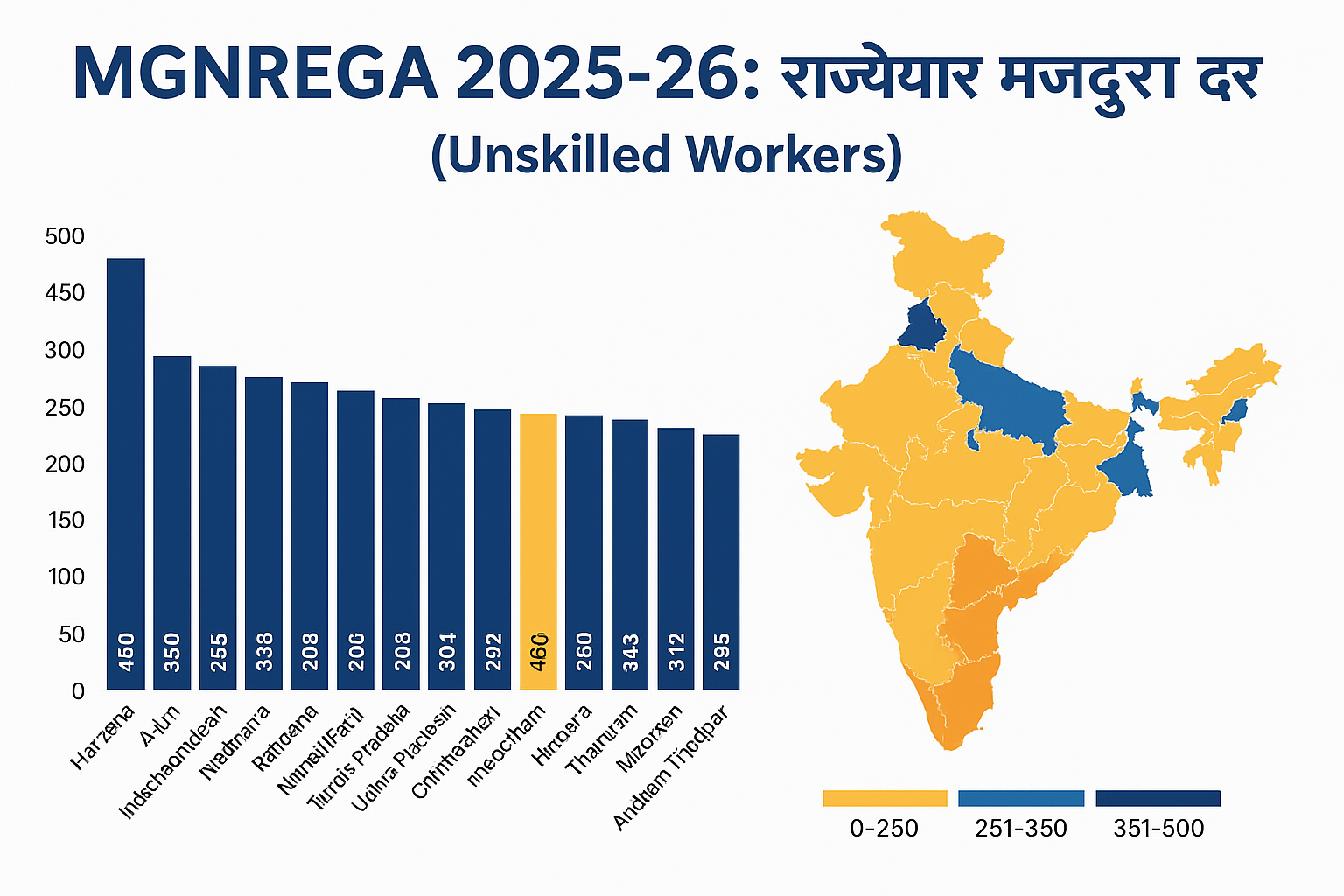
Published On: August 15, 2025

If you’ve struggled with obtaining loans due to a low CIBIL score, there’s finally some relief on the way. The Reserve Bank of India (RBI) has rolled out significant reforms starting January 1, 2025, aiming to improve the credit ecosystem’s fairness, speed, and clarity. These changes are designed to empower borrowers and make credit access more transparent and efficient.
Fortnightly Credit Reporting: Faster Updates to Your Score
Previously, banks and NBFCs reported credit data once a month, resulting in delays of up to 30–40 days before changes were reflected in your CIBIL score. Under the new RBI directives, credit providers must update credit information twice a month—specifically on the 15th and the month’s last day. The benefit? Timely reflection of loan repayments, EMI clearances, and other credit behaviors, helping borrowers see improvements faster.
(Leverages the same update concept from the original blog without copying structure or phrasing directly.)
30-Day Grace Period for EMI Bounce
Earlier, if your EMI bounced—even unintentionally—your CIBIL score suffered immediately. Now, the RBI mandates a 30-day grace period before such incidents are reported to credit bureaus. During this window, you can correct technical glitches or complete missed payments without penalty to your score.
Clear Reasons for Loan Rejection & Compensation for Delays
Under past practices, banks often cited vague reasons like “low score” for rejecting loan applications. Now, lenders must provide written, specific explanations for rejection. If errors exist in your credit report, the bank or bureau has 30 days to correct them. Failure to do so obliges them to pay the affected customer ₹100 per day as compensation—creating accountability and transparency.
One Free Credit Report Every Year
Now, every individual is entitled to receive a completely free annual credit report from major credit bureaus—including CIBIL, Experian, Equifax, and CRIF High Mark. This encourages you to stay informed about your credit history, spot inaccuracies early, and take corrective action promptly.
A Faster, Fairer Credit System
These reforms collectively work to create a more trustworthy credit environment:
- Regular updates help ensure your timely payments quickly reflect in your score.
- Grace periods for EMI bounces give borrowers a brighter chance to rectify mishaps.
- Transparent rejection reasons and compensation encourage improved communication and trust.
- Free annual credit reports support awareness and responsible credit management.
In a digitally evolving financial world, such measures empower borrowers to proactively improve their credit status and access credit with confidence.
Practical Tips to Boost Your CIBIL Score
Even with RBI’s reforms, your actions matter. Here are time-tested strategies to raise your CIBIL score, informed by expert guidance Bajaj Markets5paisaThe Economic Times+1:
- Pay on Time, Every Time: On-time repayments are the most impactful factor for your score. Use reminders or auto-debits to help stay on track.
- Keep Credit Utilization Low: Aim to use no more than 30% of your total credit limit. High utilization signals financial stress.
- Avoid Multiple Loan Applications: Frequent applications result in hard inquiries that can negatively affect your score.
- Monitor Your Credit Report Regularly: Check for errors, discrepancies, or outdated items—you can dispute and correct them.
- Maintain a Healthy Mix of Credit: A combination of secured (e.g., home loan) and unsecured credit (e.g., credit cards) reflects responsible usage.
- Rebuild Smartly: Consider using a secured credit card or small FD-backed loan to systematically rebuild credit.
Conclusion
RBI’s new consumer-friendly credit reforms mark a pivotal shift toward a fairer, more transparent credit system. Fortnightly data updates, grace periods, clear loan rejection logic, and annual free credit reports empower borrowers like you to manage and improve your credit health proactively. Combine these with smart borrowing habits, and you’re well on your way to a stronger credit profile—and better loan opportunities ahead.







